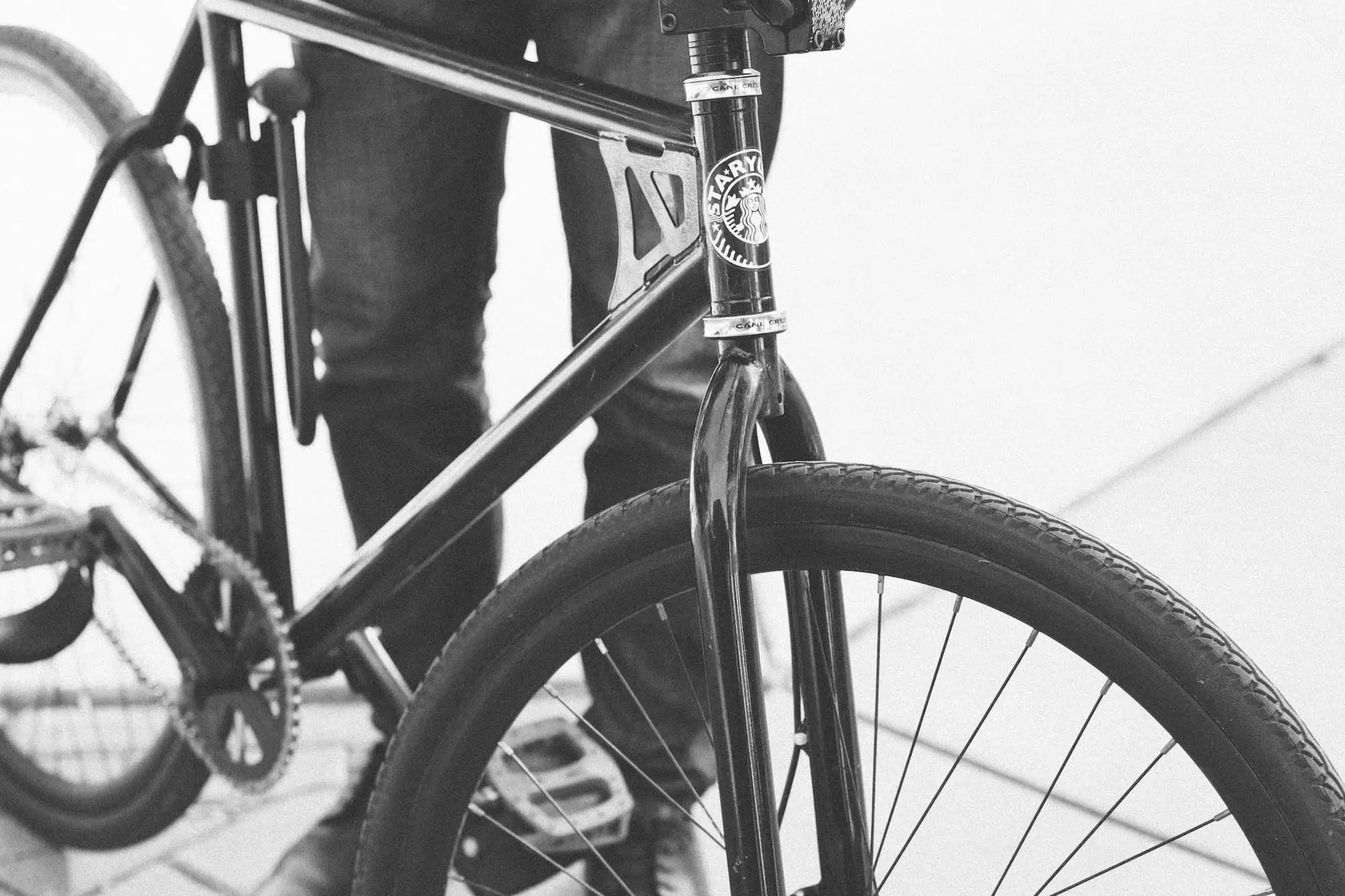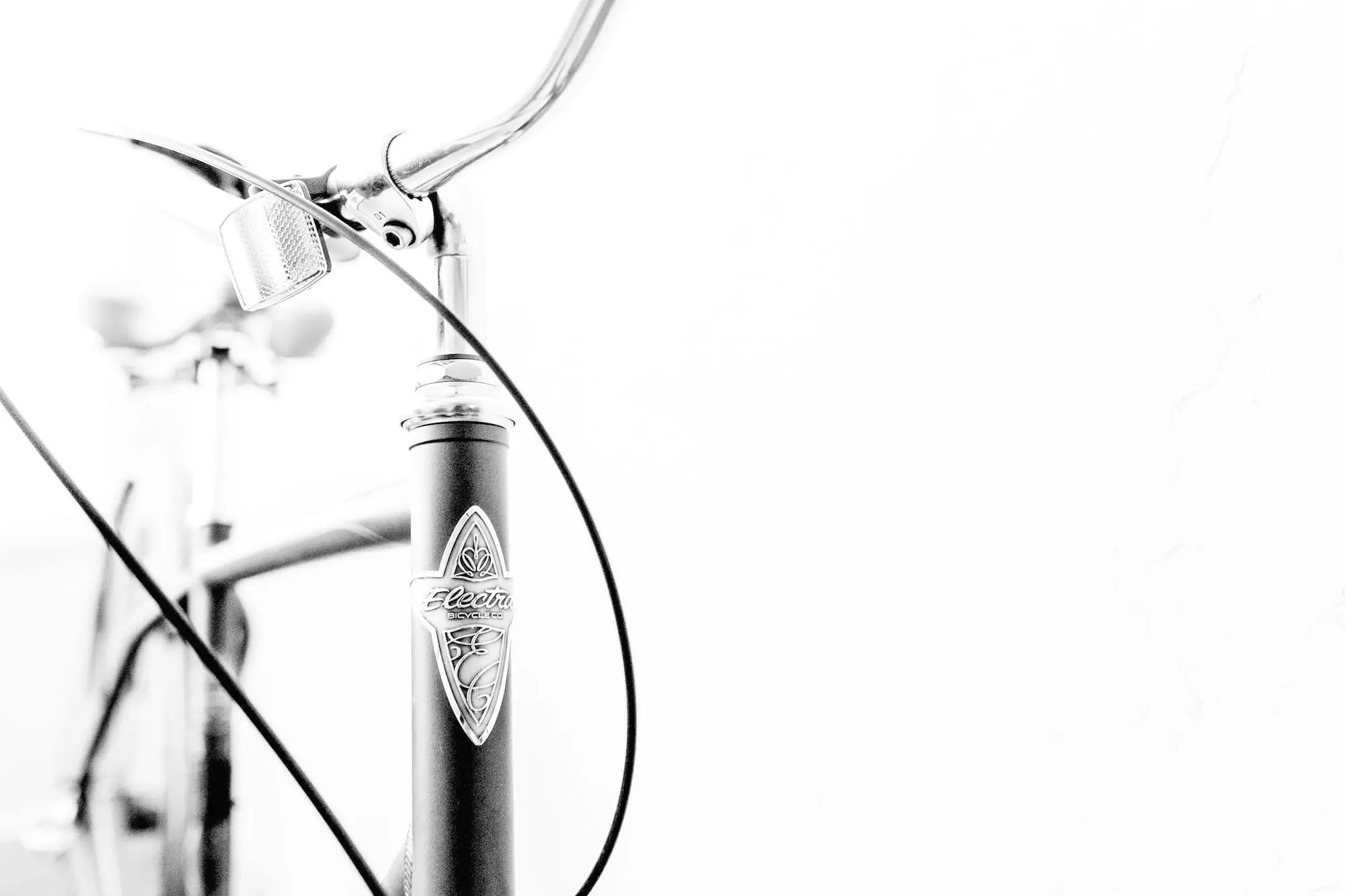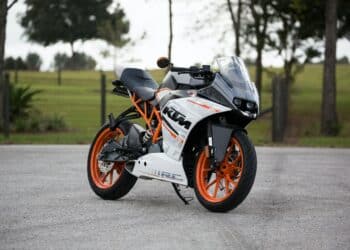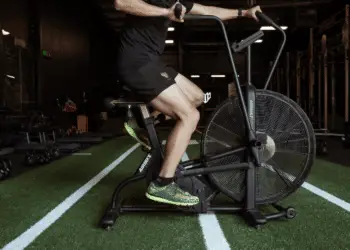Functional items are worn best when the fit is right. Your running shoes will only serve their purpose when they fit snugly but have enough space for when your feet swell after a run. Your ergonomic workspace should enable you to interact with your desktop efficiently. In the same way, your bike and its components must be fit to maximize comfort and balance, especially on long, unforgiving trips. This simple how to fit your bike guide is written with you in mind.
At a glance, there are three bike types (road, mountain, and hybrid) and they are marketed with different size increments. Mountain bikes are easiest to pick out as their sizes are generally constant regardless of the brand – existing only as small, medium, or large – unlike road bikes, which have numbered sizes as well.
In this article, we will guide you through the elementary steps of choosing the right fit for your bike. Many factors contribute to this, some biological, such as your height and flexibility; others intuitive, like your riding style. Along the way, you will have to consult bike charts as these contain information that matches your body frame to the appropriate bike size.
Being aware of these measurements is a must when shopping for bikes, especially online. You will need a measuring tape to determine the following:
Leg inseam – distance from crotch to foot
Torso length – distance from crotch to sternum
Arm length – distance from shoulder to the middle of the closed fist
Keep these numbers handy as we go through the guide below.
Standover Height
Most bike charts emphasize the standover height, which is the height from the ground to your crotch, measured when straddling your bike. Practically, it is your inseam minus one or two inches to allow for clearance from the top tube. With your bike shoes on, you can accurately measure your inseam by standing against a wall and straddling a thick book, spine up. Mark the spot where the book and the wall meet, then measure its distance to the ground. You can do multiple measurements for precision.
Road bikes need an inch of clearance if the top tube is horizontal (or parallel to the ground) and at least two if the top tube is inclined.
Clearance guidelines for mountain bikes are a bit more complicated. Ideally, there should be at least two inches of clearance for mountain bikes. Clearance of one inch is acceptable only when the bike is in full suspension since the seat compresses with your weight. Then again, the slope of the top tube is also a factor, as a higher inclination gives enough clearance no matter the bike size.
City commuter hybrid bikes follow road bike guidelines because of their horizontal top tubes; other styles, such as the step-through bike, have deeply-sloped top tubes that provide ample clearance.
Top Tube Length
Having an unnecessarily long top tube can force you out of good posture. The ideal top tube length (in inches) is half of the sum of your torso length and arm length, minus six.

Proper upper body position
“Correct” position is unique to the rider. For the upper body, reach is said to be the best way to define it. From the top tube, the rider should sit at an angle of 45°. This can be adjusted by decreasing or increasing the height of the handlebar stem. While this is ideal for road bikes, the amount of bend in the torso is much more lenient for mountain and hybrid bikes.
Saddle Height
This tip applies to all types of bikes. Have someone hold your bike upright when you mount it. Pedal backward until your legs are eighty to ninety percent extended. Adjust the seat or saddle height while in this position but be wary of the “minimum insertion” mark and avoid tightening the binder bolt excessively.
Seat Fore/Aft Position
Again, with someone supporting your bike upright, pedal until your right foot makes a right angle with your leg. The ball of your foot should align with your knee. Adjustments are made by tweaking the saddle binder bolt and sliding the saddle until your position feels comfortable.
Next, check the saddle tilt – it should be horizontal. Otherwise, correct the tightness around the binder joint.
Keep in mind.
Due to the biological variations in body frame and size, women and children may have smaller frame dimensions. Since women have slender body frames and longer leg-to-torso ratios, the handlebars are narrower. Overall, the bikes appear to be “squeezed” into smaller dimensions.
Kids need around two to four inches of clearance and nearer handlebars, so they can sit upright with only a slight bend in their legs at the bottom of the pedal stroke.
If you are relatively new to the bike scene, physical shops are the best way to have a bike fitted. Be ready with the necessary measurements when consulting the store clerks. Not only will they help you choose the frame, they will also assess your upper body position.
No matter how you decide to go about choosing your bike, make sure that your bike fits the way you ride. Be thorough, because your bike will be your most faithful companion! Happy biking!
P.S.
Looking for a bike? Here’s a list of hybrid bike under $500. Got more cash to burn? Here are awesome carbon road bikes you won’t regret buying!









